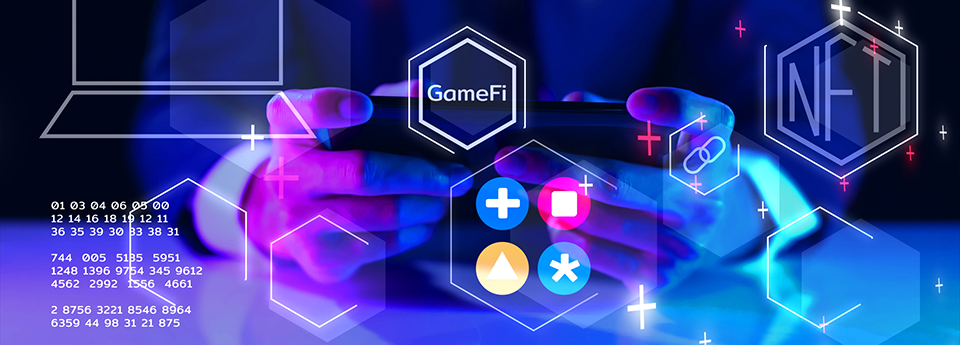I recently read a post and some excellent accompanying Medium articles regarding the impracticality of NFTs representing interoperable game assets across apps in the GameFi space. I’m going to overly simplify, but the author was highly skeptical for three reasons:
- The impossibility of maintaining visual and behavioral integrity across games
- The challenge trusting assets from outside an individual game
- The damage that can be done due to disparate game economies
As he frames it, I would agree. However, I believe there is a way to address these issues.
Maintaining Visual and Behavioral Integrity
My answer to this is “don’t.”
In the below clip from 𝙎𝙥𝙞𝙙𝙚𝙧-𝙈𝙖𝙣: 𝙄𝙣𝙩𝙤 𝙩𝙝𝙚 𝙎𝙥𝙞𝙙𝙚𝙧-𝙑𝙚𝙧𝙨𝙚, when Miguel O’Hara, Spider-Man 2099, travels from his original universe to Earth-67, his visual representation conforms to the cartoon look of Earth-67. Now, I understand this is somewhat at odds with how Spider-Ham and Spider-Man Noir were portrayed in the movie, but bear with me.
I argue that this is a good analogy for how game asset NFTs could interoperate. A few companies could get together (similar to SMPTE in the Entertainment Industry) and create a published metadata standard to store on-chain which defines game asset NFTs’ core properties. Any game could import those NFTs only paying attention to the core metadata therefore not requiring special APIs or integrations. Any other metadata or off-chain graphics, VFX, etc., could be ignored, or not, as the game designers’ desire. The game would then conform the assets to its visual, logical, and functional rules. Therefore,
- In the game in which an item originated, it would still look and behave as originally intended in that game
- For an asset from outside the game, that game’s visual and behavioral rules would apply
A couple of caveats:
- This does not mean that every item within a game must conform to the standard, just the ones intended to be interoperable
- If a game attempts to import an item it does not support, even if that item meets the standard, that item would still be in the player’s inventory, but just not be available to be equipped/used
Not only could game assets travel from one game to another, but also independent creators could build game assets and sell them on the open market, another revenue source for the creator economy. Which brings us to:
Trusted Assets
The problem is two-fold:
- A game can’t just accept any outside assets
- Counterfeiting
Games would need to whitelist NFT smart contract addresses. So, Game B or asset creator C would submit smart contracts to be whitelisted by Game A. Perhaps not ideal, but it allows Game A to manage what assets can be brought into it and delist them if there is abuse.
In addition, each game could have its own logic and rules which define an item’s power and would apply to internally generated items as well, agreed upon standard. For example, using certain items may have a minimum level requirement, or have diminished power, or not be allowed the item at all since they are incompatible with the game (e.g., a disrupter pistol in fantasy game). As long as the rules are the same for both internally generated and 3rd party items, players should have no problem.
Disparate Game Economies
Similar to the second problem, this has more to do with volume than a specific item. Game B may be much more liberal with gold, drop rates, etc. than Game A. This could both wreck the in-game economy as well as Game A creator’s IRL revenue.
I suggest that currency not be interoperable, at least to start. As a later feature, if so desired, an exchange rate could be created so if players wanted to import their currency, it would be exchanged much like between any two IRL currencies.
With respect to drop rates, games can not only limit items’ power, but also the number that can come from outside the game. Players could bring in a few favorite items, but not arsenals.


